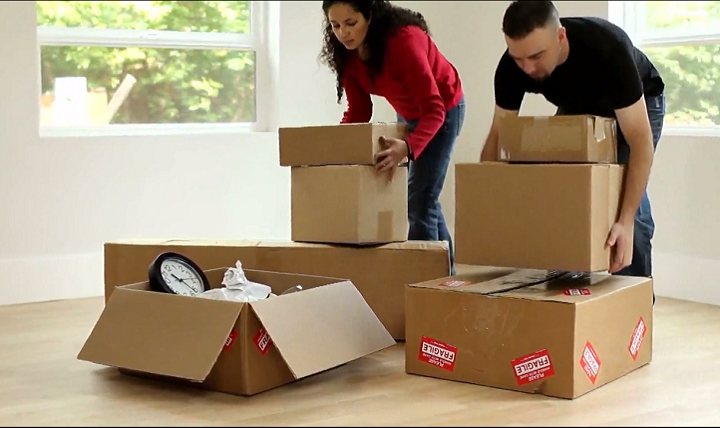Should You Renovate If You’ve Got Moving On Your Mind?
The following article was originally published on figure.com on 2/1/19.
Spend some time watching home renovation shows on television or paging through a home décor magazine, and you’ll likely be inspired to make changes to your home as soon as possible. Whether those renovations make sense from a financial perspective however depends on how long you’re planning to stay in your home.
Your home is likely your largest investment, so you don’t want to make changes that will limit its value. You should consider how long you’re planning to stay in your house before moving forward with a remodel.
Read on to find out what type of home improvements you should consider, based on how long you plan to stay.
When you’ve got no plans of leaving
If you’re planning to stay for the long term, you can feel better making more customized changes. That said, you may want to consider renovations that not only fit your home and lifestyle now, but will also allow you to remain in the property for decades to come.
Incorporating universal design will make your home beautiful and livable as you continue to age. Universal design, simply, is a human-centered design that seeks to create spaces that offer safety and comfort for all people with no need for adaptation or functional changes. The added benefit of using universal design is that it may make your home more marketable when you decide to sell.
In addition to the dream kitchen you’ve been thinking about, you should consider adding or revamping a first-floor master bedroom and bathroom.
Other renovations to consider if you’re staying put are those that lower your maintenance costs over time. Installing solar panels or replacing old insulation may have high upfront costs but will lower your electricity bill in the future.
While many remodeling projects don’t recoup the full spend, with accessibility and sustainability projects, the investment can pay off.
If you know you’re going to move, but it’s a few years out
Choose projects that will make your home more enjoyable. The longer that you stay in your home, the more likely your home’s value will increase and cover the investment. you can use renovations to make your current home the house of your dreams, sparing you the expense and stress of moving into a new house.
The beauty of renovating a home that you’re planning to stay in is that you can choose the style you like, rather than the look that might appeal to potential buyers.
Because you know that there will be a resale down the road, try to keep your improvement in line with your neighborhood. If everyone on the block has an outdoor kitchen, for example, installing one could add to your current enjoyment of your home and potentially pay off when you go to sell.
When your boxes are packed
Steer clear of big renovations. While redoing your kitchen or bathroom might make for beautiful listing photos, these types of projects don’t provide a dollar-for-dollar return on your spend in the near term.
Homeowners who sold their home within a year of a major kitchen remodel (average spend: $63,000) only recouped 59 percent of their costs; and those who tackled a bathroom (average spend: $35,000), only got back 56 percent, according to Remodeling Magazine’s Cost vs. Value index.
Instead, focus on smaller-scale projects that will still improve your home’s appearance to buyers. A fresh coat of paint and new fixtures on sinks and cabinets, for example, can rejuvenate a home’s face value. Another good idea, which will increase curb appeal, is new landscaping. Just avoid high-maintenance plants that might give buyers pause.
Especially in today’s market, where inventory is tight, buyers are willing to overlook a dated kitchen in order to purchase a property that they can afford. Plus, many buyers shop for homes with their own renovation plans in mind, so your work could be irrelevant.
Paying for renovations
After you’ve decided what renovations you want to make, you’ll need to choose the best way to pay for them. If costs are low – less than $10,000 – you may want to tap savings or a low-interest loan option. However, if costs are more extensive – $15,000 and up – using your home’s equity may be a smart choice. Using your home as collateral will often get you much lower rates on a loan and the loan may be tax deductible.
